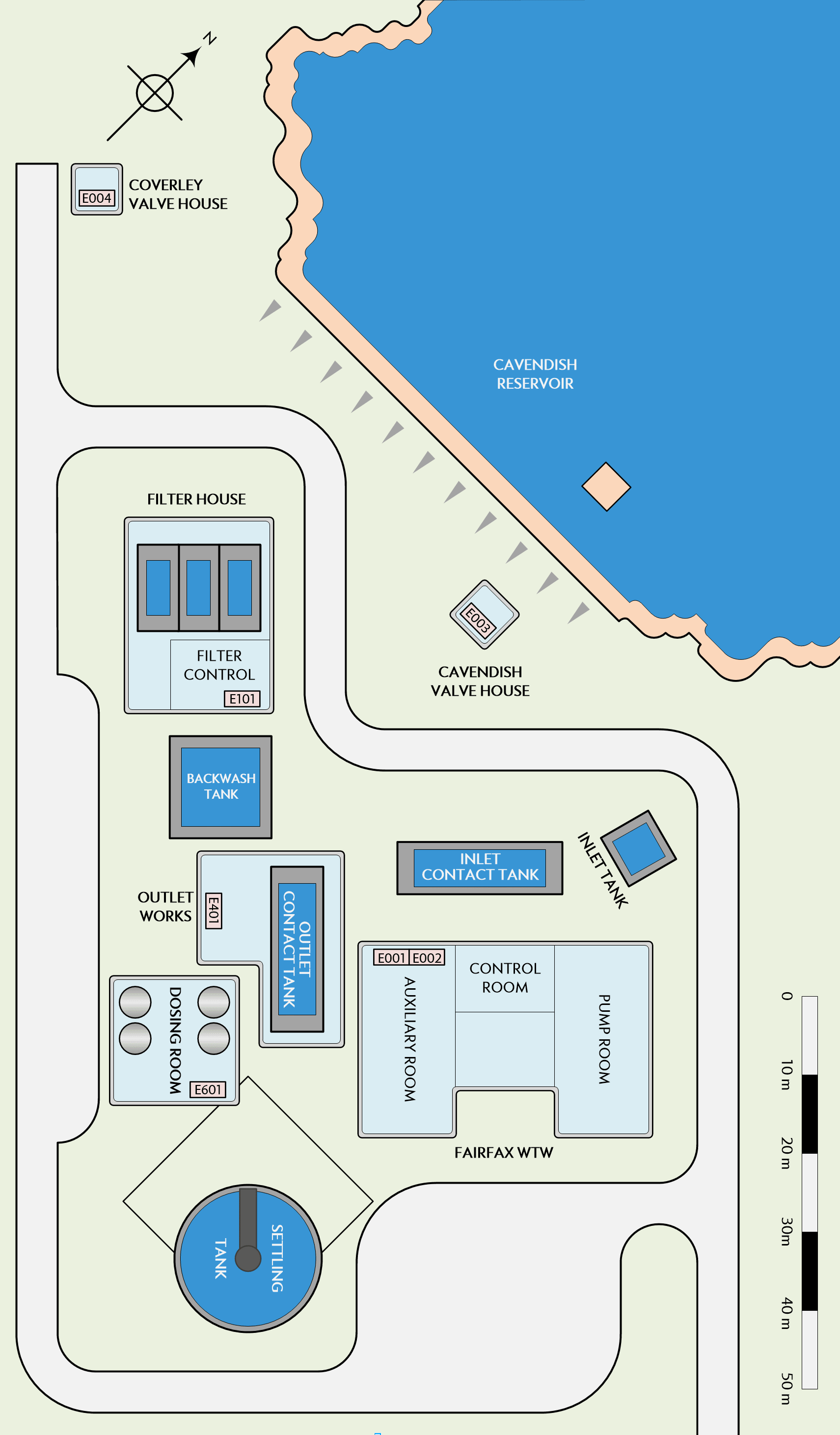The APL is compliant with the current engineering standards for alarm management and process control graphics (these are the EEMUA 192 and 201 standards respectively).
The control system is constructed around a three network architecture: terminal bus (linking the OSCs to the Server), plant bus (linking the Server to the Automation Systems) and field bus (linking the Automation Systems to the plant equipment). A schematic of this arrangement is shown in Figure 2.2
Of the three networks, the terminal bus and plant bus are Ethernet networks and the field bus is a ProfiBus DP (distributed peripheral) network.
The electrical signals from the plant devices and instruments are wired to the remote IO racks; these are situated in various panels distributed throughout the plant; these remote IO racks transmit the various status signals from the device to their associated AS. Similarly, commands from the AS (open/close, start/stop etc.) are passed to the devices by the remote IO racks.
All signals to and from the remote IO racks are transmitted across the ProfiBus DP (field bus) networks.
The configuration used to control the water treatment works consists of:
1 × Server
2 × Operator Station Clients (control room and filter house)
2 × Automation Systems
6 × remote IO racks distributed around the plant
1 × Engineering Station (located in the control room)
